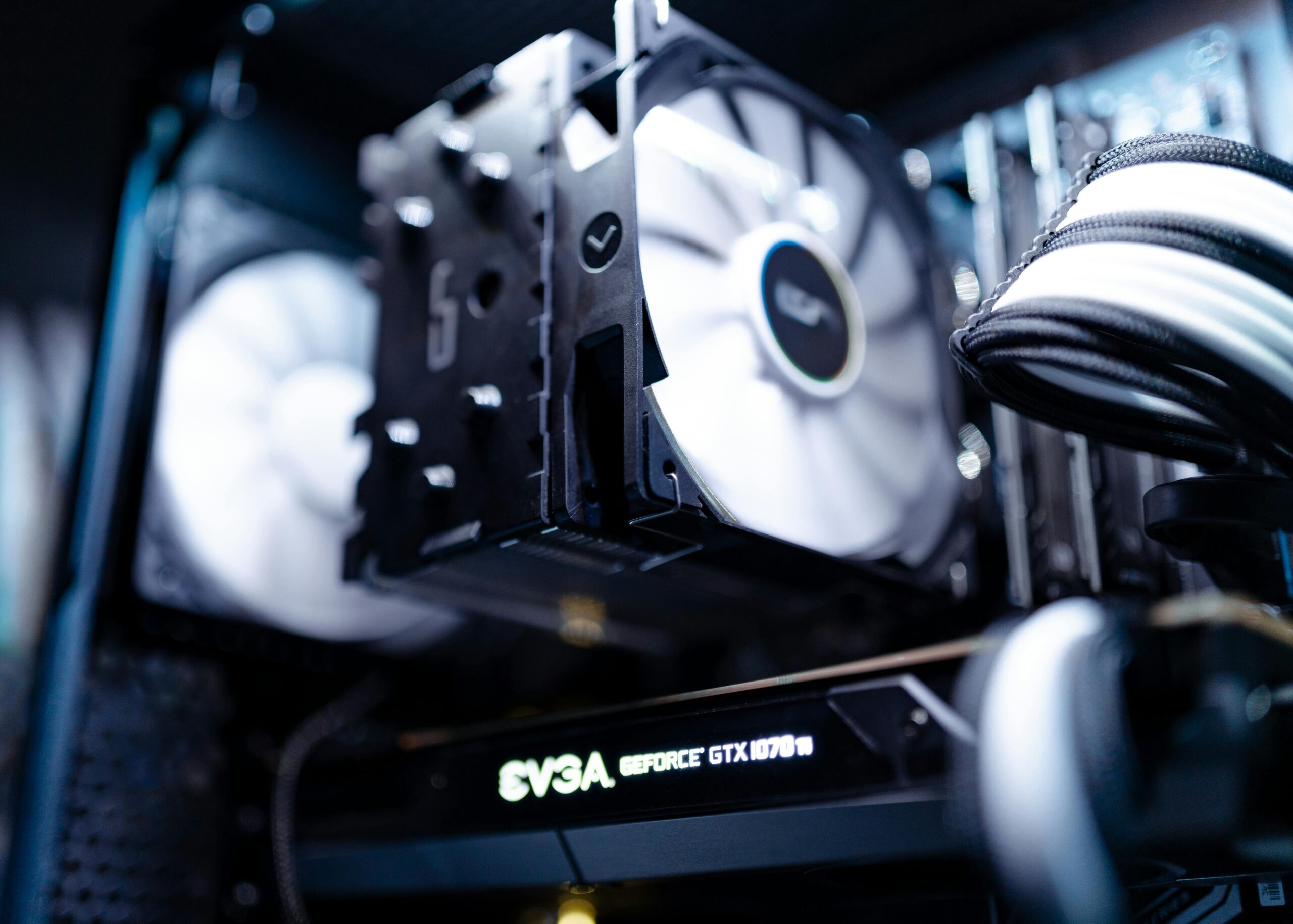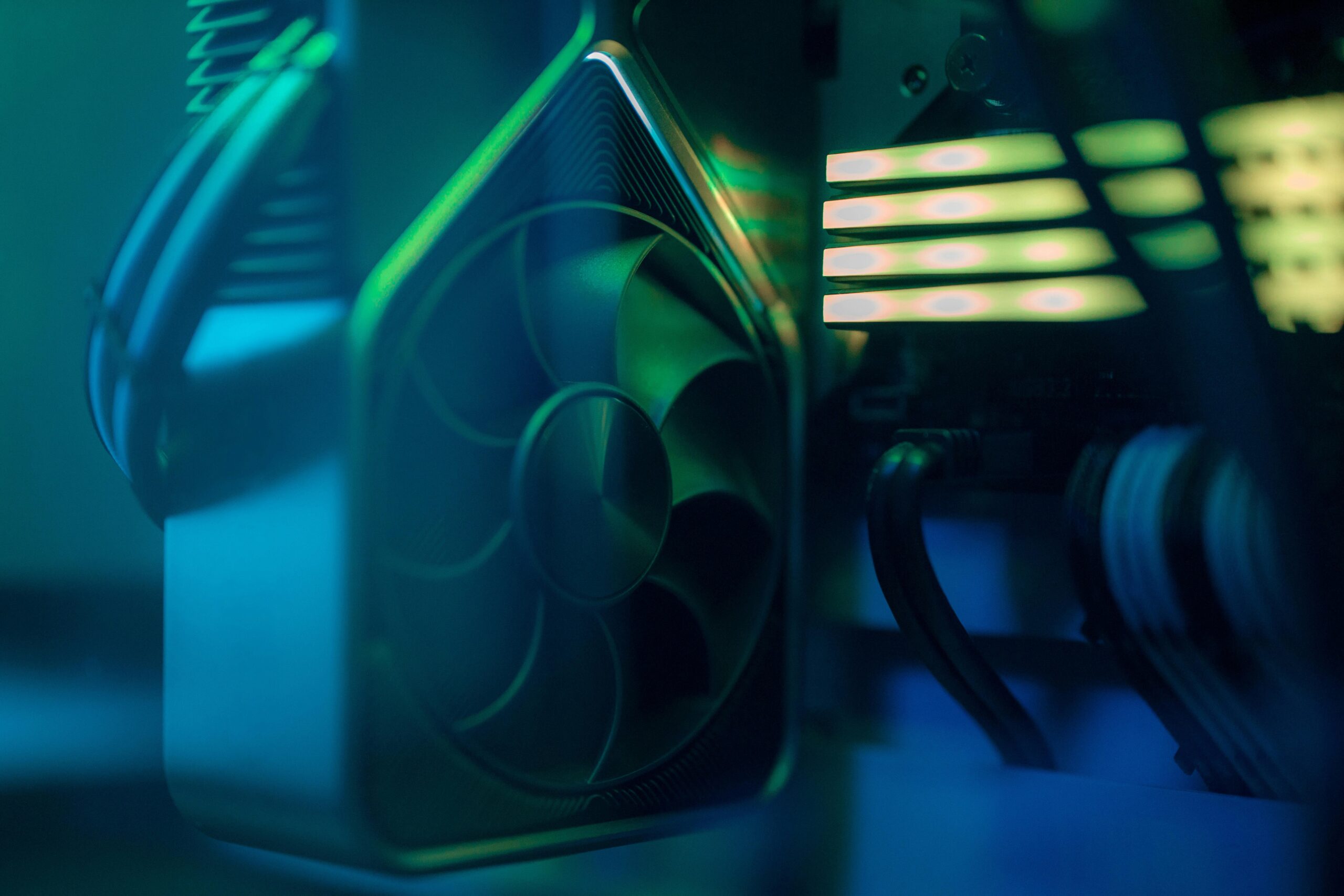How Many Fans Does a Gaming PC Need? A Guide to Optimal Cooling and Performance
Building a gaming PC is an exciting journey, but it comes with its fair share of questions. One of the most common concerns is figuring out how many fans are actually needed to keep everything running smoothly. Too few, and you risk overheating; too many, and you might be wasting money or creating unnecessary noise.
I’ve often found that the right number of fans depends on your setup, gaming habits, and even the case design. It’s not just about slapping on as many fans as possible—it’s about creating an efficient airflow system. Let’s dive into what you need to know to strike the perfect balance for your gaming rig.
Importance Of Fans In A Gaming PC
Efficient airflow in a gaming PC prevents overheating and ensures peak performance. Fans play a vital role in maintaining stable temperatures during resource-intensive tasks like gaming.
Why Cooling Is Crucial For PC Performance
High temperatures can damage components, reduce their lifespan, and throttle performance. GPUs and CPUs, for example, generate significant heat during prolonged gaming sessions. When these parts reach critical temperature thresholds, built-in mechanisms lower their clock speeds to avoid damage, resulting in noticeable performance drops. Proper cooling prevents these issues and maintains consistent hardware output.
The Role Of Fans In Temperature Regulation
Fans facilitate airflow to manage internal temperatures by expelling hot air and introducing cooler external air. Optimized fan placement creates an airflow path that eliminates hot pockets, which can form around heat-generating components like GPUs and power supplies. For example, intake fans pull in cool air at the front or bottom, while exhaust fans push warm air out at the top or rear. This system stabilizes internal temperatures, ensuring all components operate efficiently.
Factors That Determine The Number Of Fans
The number of fans a gaming PC requires depends on several interconnected factors. These factors influence airflow efficiency and system cooling needs.
PC Case Size And Design
Case dimensions and interior layout directly affect fan requirements. Larger cases often accommodate more fans due to expansive internal spaces, while compact cases rely on fewer fans with precise placement. A well-ventilated design, including mesh panels or pre-mounted fan slots, supports better airflow compared to cases with restricted openings or sealed panels.
Hardware Configuration And Power Consumption
High-performance components generate more heat, increasing the demand for cooling. Systems with advanced GPUs like NVIDIA RTX 4090 or multi-GPU setups require additional fans to offset their heat output. Similarly, CPUs with higher wattage TDPs and overclocked configurations demand enhanced airflow. Efficient cooling hinges on matching the fan count to the thermal generation of installed components.
Ambient Room Temperature
Hotter environments raise baseline temperatures, making more fans necessary for maintaining stable operation. A room with 30°C ambient temperature strains the cooling system more than a well-air-conditioned environment at 20°C. Choosing high-cooling-capacity fans or increasing their number helps counteract higher ambient heat levels.

Types Of Fans For Gaming PCs
Gaming PCs require various fan types to manage airflow and maintain optimal operating conditions. Each fan type serves a unique purpose, ensuring both cooling efficiency and component longevity.
Case Fans Vs. CPU Coolers
Case fans circulate air across the entire PC case. They draw in cool air from the outside and expel hot air from within. I use case fans to create a balanced airflow system that prevents heat buildup around all components, including the GPU and PSU. Case fans are typically mounted on the front, rear, or sides of the case.
CPU coolers, on the other hand, specifically target heat generated by the processor. Air-based CPU coolers combine a heat sink with a fan to dissipate heat directly from the CPU. Liquid coolers use radiators and coolant to absorb heat, allowing efficient cooling in high-performance setups. While case fans maintain overall case temperature, CPU coolers focus solely on the processor’s thermal output.
Intake Fans Vs. Exhaust Fans
Intake fans pull fresh air into the case to cool components. These fans are usually installed at the front or bottom of the case. I place intake fans to ensure a steady supply of cooler air, critical for high-performance configurations where components can overheat quickly.
Exhaust fans remove hot air from the case to prevent thermal buildup. They’re typically located at the rear or top of the case, where warm air naturally rises. Exhaust fans complement intake fans by completing the airflow cycle, creating a smooth path for air to traverse the case. Pairing a sufficient number of intake and exhaust fans ensures optimal airflow and prevents hotspots inside the system.
Optimal Fan Configurations
Creating an efficient fan configuration is essential for maintaining stable gaming PC temperatures. The placement, type, and orientation of the fans directly impact airflow, cooling performance, and noise levels.
Balancing Airflow And Static Pressure
I consider both airflow and static pressure when selecting fans for a gaming PC. Airflow-focused fans move large volumes of air and work best in unrestricted environments, such as intake or exhaust slots without obstructions. Conversely, static pressure fans are designed to push air through densely packed sections like radiators, heat sinks, or areas with limited ventilation.
For instance, using high static pressure fans on liquid cooling radiators ensures optimal heat dissipation, while airflow fans enhance general case ventilation. Combining these fan types strategically helps create an optimal balance, improving cooling around heat-sensitive components like GPUs and CPUs.
Positive Vs. Negative Airflow
Fan orientation determines whether the system has positive or negative airflow. Positive airflow occurs when intake fans bring in more air than exhaust fans remove, reducing dust buildup by pushing air out through unsealed openings. I achieve this by having slightly more intake fans than exhaust fans.
Negative airflow happens when exhaust fans expel more air than is brought in, which can lead to dust entering through crevices and uneven cooling. While it increases heat expulsion capability, it’s less effective for keeping dust out. I aim for a slightly positive airflow setup whenever possible, ensuring better thermal performance and component cleanliness.

Common Mistakes To Avoid
Missteps in fan configuration can compromise a gaming PC’s performance. Avoid these common errors for effective cooling and airflow.
Overloading With Fans
Adding too many fans can create unnecessary noise and energy consumption. While more fans might seem beneficial, they can interfere with each other, disrupting airflow patterns within the case. For example, excessive intake fans may lead to air stagnation, preventing hot air from being expelled efficiently. Instead, I recommend matching the fan count to the specific case size, hardware heat output, and airflow needs.
Ignoring Fan Placement And Orientation
Incorrect fan placement disrupts airflow, causing heat buildup around components. Fans should be positioned strategically to create a clear intake-to-exhaust path. For instance, intake fans should be mounted at the front or bottom of the case, while exhaust fans are best placed at the top or rear to expel rising hot air. Misaligned orientations, like having exhaust fans work as intake fans, can further hinder temperature control. Proper placement and alignment maximize cooling performance and prevent localized overheating.
Conclusion
Choosing the right number of fans for your gaming PC is all about balance and understanding your system’s unique needs. It’s not just about adding more fans but ensuring they’re strategically placed to create efficient airflow and maintain optimal temperatures.
By considering factors like your case size, hardware configuration, and ambient temperature, you can design a cooling setup that enhances performance without unnecessary noise or energy use. Pairing intake and exhaust fans correctly and aiming for slightly positive airflow will keep your components cool and clean.
Ultimately, a well-thought-out fan configuration ensures your gaming PC runs smoothly, stays protected from overheating, and delivers the performance you need for intense gaming sessions.
Frequently Asked Questions
How many fans does a gaming PC need?
The ideal number of fans for a gaming PC depends on the case size, components, and gaming habits. Generally, 2-3 case fans (1-2 intake, 1 exhaust) are sufficient for most setups. High-performance builds or those with overclocked parts may require additional fans for optimal cooling.
What happens if I use too few fans?
Too few fans can result in poor airflow, leading to overheating. Overheating can throttle performance, reduce component lifespan, and even cause system instability during resource-heavy tasks like gaming.
Is having too many fans bad for my PC?
Yes, excessive fans can create unnecessary noise, waste energy, and disrupt airflow patterns. Proper fan placement and orientation are more critical than simply adding more fans.
What is the difference between intake and exhaust fans?
Intake fans pull cool air into the PC case, while exhaust fans expel hot air. Combining both types in a balanced setup creates efficient airflow and prevents thermal buildup.
How should I position my PC fans?
Place intake fans at the front or bottom to draw in cool air and exhaust fans at the top or rear to expel rising hot air. This arrangement supports optimal airflow and temperature management.
What is positive and negative airflow?
Positive airflow means more intake than exhaust fans, reducing dust buildup. Negative airflow means more exhaust fans, which can invite dust into the case. A slightly positive airflow is generally recommended for cleaner and efficient cooling.
Do I need special fans for radiators or dense setups?
Yes, static pressure fans are ideal for radiators and densely packed areas, as they move air effectively through restrictions. Airflow fans work best in open, unrestricted spaces within the case.
Can ambient room temperature affect cooling?
Absolutely. Higher ambient temperatures increase cooling demands. In warmer environments, consider adding fans or optimizing airflow to maintain stable temperatures.
Are CPU coolers and case fans the same?
No, CPU coolers (air or liquid-based) target the processor specifically, while case fans manage airflow throughout the entire PC case. Both are essential for an efficient cooling system.
What are common mistakes in fan setups?
Key mistakes include overloading with fans, improper placement, wrong orientation, and failing to balance intake and exhaust. Focus on strategic fan positioning to maximize airflow and cooling efficiency.
